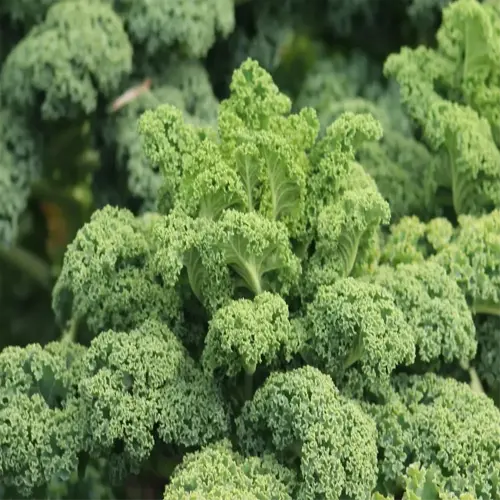Do kiwi plants require special pollinators?

Written by
Michael Sullivan
Reviewed by
Prof. Charles Hartman, Ph.D.Achieving meaningful success and enjoyment with kiwi-related projects comes down to understanding kiwi pollination. Most varieties require a male and a female plant to produce fruit, such as I found out after three seasons of no fruit on my first Hayward seedlings. There are generally eight female vines to one male pollinator, like Tomuri. Self-fertile varieties like Issai can produce fruit on their own but can potentially produce 30% more fruit with a pollinator nearby.
Pollinator Ratios
- Fuzzy kiwi: 1 male per 6 females
- Hardy kiwi: 1 male per 8 females
- Arctic kiwi: 1 male per 5 females
Bloom Synchronization
- Male flowers open 2-3 days before females
- Track bloom periods using garden journals
- Extend pollen viability by refrigerating at 40°F (4°C)
Yields from my Arctic Beauty increased threefold after implementing manual pollination. I use an electric toothbrush to vibrate pollen from the male flowers into jars. Within 48 hours, apply these to female blooms with soft artist brushes. Morning is the best time to pollinate on high-humidity days, as it helps the pollen adhere to female blooms. If you perform multiple pollinations, I recommend storing the excess pollen in film canisters.
No Fruit Set
- Verify male/female bloom overlap using bloom charts
- Test pollen viability with 10% sugar solution
- Check for frost damage on early blooms
Small Fruits
- Increase pollen applications to 3x per flower
- Supplement with commercial kiwi pollen
- Ensure 70°F (21°C) temperatures during pollination
To gather pollen requires an attention to detail. The best practice is collecting from male flowers at 10 AM when the anther is producing yellow dust. After collecting pollen, leave to dry in paper envelopes for 24 hours, before freezing. In 2023, I used pollen collected two years previous, which was successful. The viability drops approximately 15% a year. When pollen is dry in paper envelopes, label all envelopes with variety and date.
Read the full article: How to Grow Kiwi: Expert Guide for Home Gardeners

